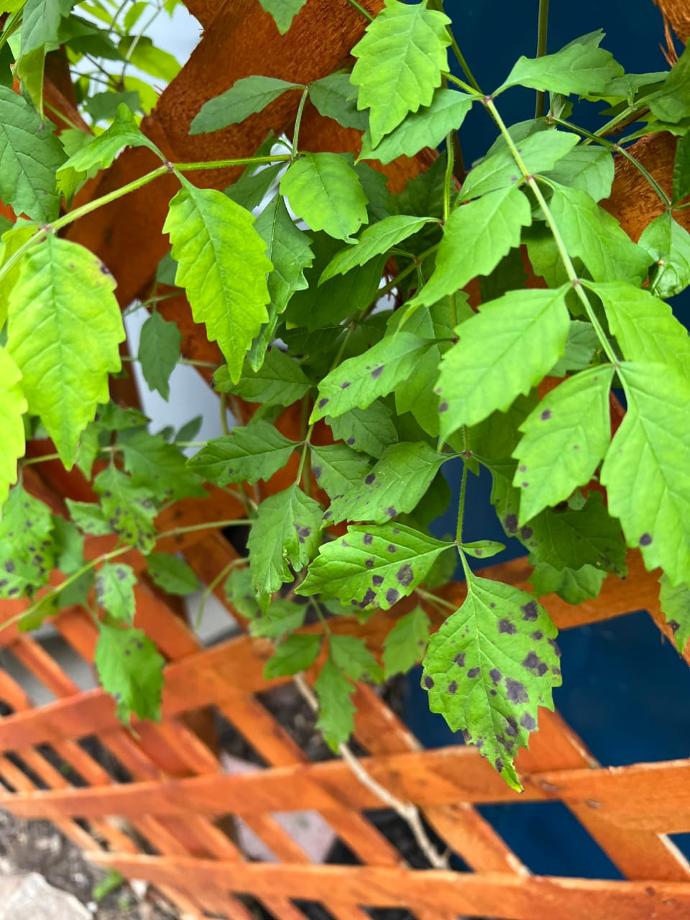Trumpet Vine Plant
Bignonia, also known as Trumpet Vine, is an outdoor flowering plant. Plant in well-draining soil with full sun exposure. Water consistently and prune to shape the plant. Provide support for climbing varieties. Fertilize during the growing season for optimal flower production.
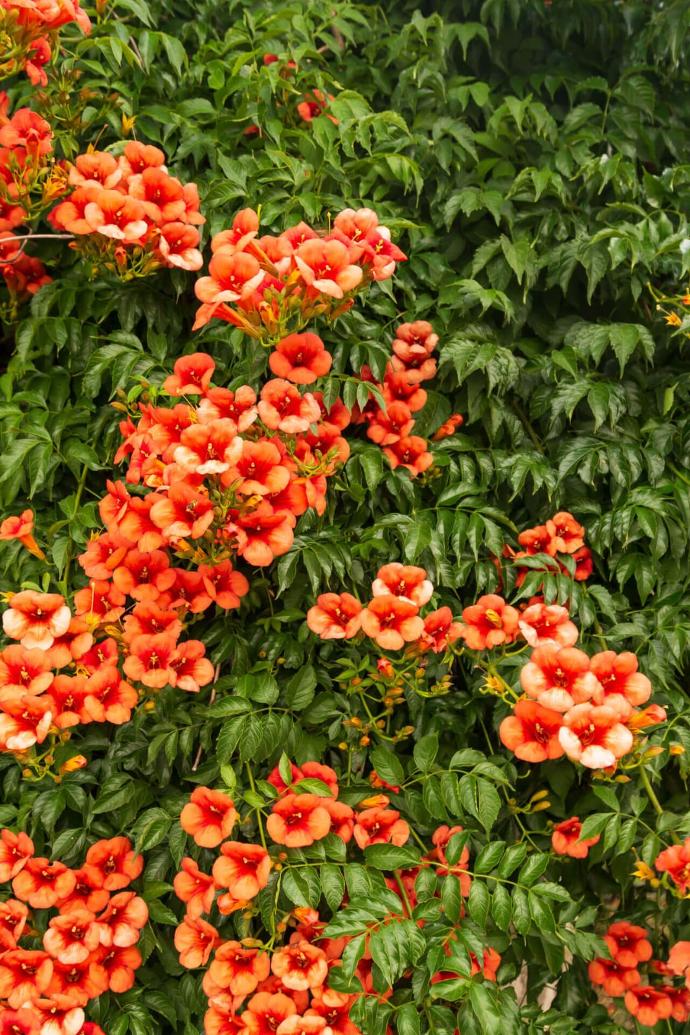
Habit
Climber
Height
5 to 10 m
Growth
Fast
Soil
Well-drained, Sandy Loam
Shade
Full Sun
Moisture
Moist
Edible
No
Medicinal
No
Origin
North America
Climatic Condition
Temperate, Subtropical
Temperature (°)
15°C to 25°C
Humidity (%)
50% to 60%
Potting media
50% Loam, 40% Sand, 10% Compost
Fertilizers
Organic Fertilizer
Watering
Regular watering
Plant Weight
3 to 6 kg
Flowering Time
Summer to Fall
Soil Ph level
6.0 to 7.5
Water Ph level
6.0 to 7.0
Soil EC
0.6 to 1.0 mS/cm
Yield Per Plant
20 to 30 kg per plant
NPK ratio
10:10:10
life Span
10 to 20 years
Health Benefits
Ornamental, Medicinal
Suggested Grow Media or Potting Mix ?
40% peat moss, 30% compost, 30% perlite
Suggested Fertigation/Fertilizers
Fertilize every 2 weeks with a balanced, water-soluble fertilizer.
Common Diseases and Remedies
Leaf spot, powdery mildew.
Defoliation, dead tissue.
Spray Cow urine.
HEALTH BENEFITS
1. May help reduce inflammation: Trumpet vine's antioxidants and other compounds may help reduce inflammation and improve overall health.
2. May have antimicrobial properties: Trumpet vine may have antimicrobial properties that can help prevent infections.
3. May help improve cardiovascular health: Trumpet vine's antioxidants and other compounds may also help improve cardiovascular health
What Is An Trumpet Tree?
The trumpet plant, deductively known as Campsis radicans, is a quickly developing deciduous plant local toward the southeastern US. It is generally developed for its conspicuous, trumpet-molded blossoms and energetic development propensity. The plant is portrayed by its woody stems, which can move by ethereal rootlets or by twining.
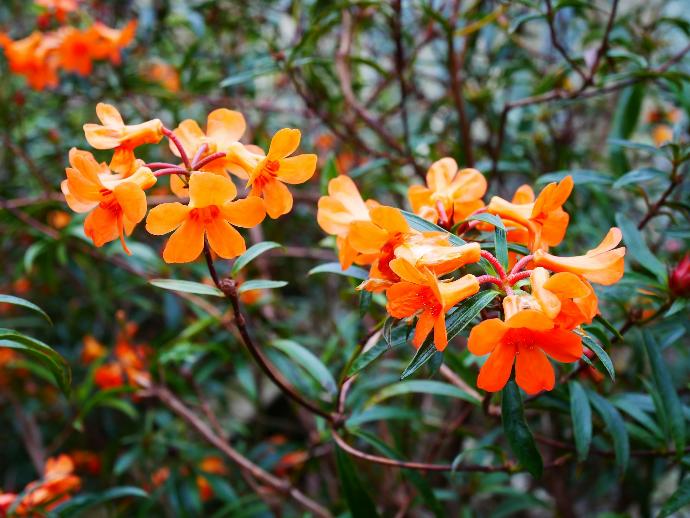
What Are The Different Types Of Trumpet vine Plants?
1. Madame Galen' (Campsis radicans 'Madame Galen')
This cultivar includes huge, salmon-orange blossoms and is known for its incredible development and capacity to rapidly cover enormous regions.
2. Flava' (Campsis radicans 'Flava')
As the name recommends, 'Flava' delivers dazzling yellow blossoms, giving a striking difference to the common orange or red sprouts of different cultivars.
3. Indian Summer' (Campsis radicans 'Indian Summer')
This cultivar is valued for its huge, profound orange blossoms and long sprouting period, which reaches out from pre-summer through summer.
4. Morning Quiet' (Campsis radicans 'Morning Calm')
This assortment includes delicate, peach-shaded blossoms and is esteemed for its more limited development propensity contrasted with other trumpet plant cultivars.
5. Takarazuka Variegata' (Campsis radicans 'Takarazuka Variegata'):
This cultivar stands apart for its variegated foliage, highlighting leaves with velvety white edges. It delivers the common orange-red blossoms of the species.
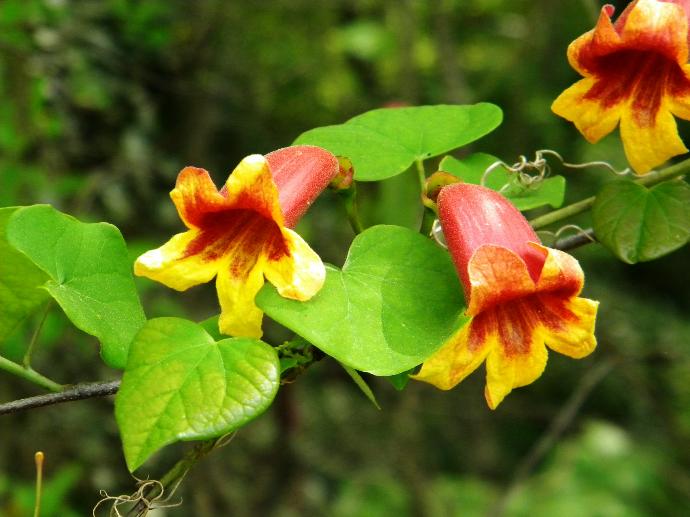
How to Care Trumpet vine Plant ?
1. Location
Trumpet plant plants flourish in areas with full sun openness, meaning they ought to get something like 6-8 hours of direct daylight each day. They incline toward very much depleted soil that is decently fruitful and can endure an extensive variety of soil types, including sandy, loamy, or mud soils.
2. soil
Trumpet plant plants favor all around depleted soil that is reasonably ripe. They can endure an assortment of soil types, including sandy, loamy, or earth soils, as long as they channel well and don't become waterlogged.
3. Hydration
Trumpet plant plants require customary watering, particularly during their foundation stage and times of dry season. While they are to some degree dry season lenient once settled, reliable dampness is as yet fundamental for ideal development and blossoming.
4. Nourishment
Integrate natural matter, like fertilizer or all around decayed excrement, into the dirt prior to planting to further develop soil ripeness and design. Natural matter gives fundamental supplements and holds dampness, advancing by and large plant wellbeing.
5. Issues
Trumpet plants have forceful development propensities and can spread quickly by means of self-cultivating and underground sprinters. In certain districts, they might become obtrusive and outcompete local vegetation. Normal pruning and observing can assist with controlling their spread.
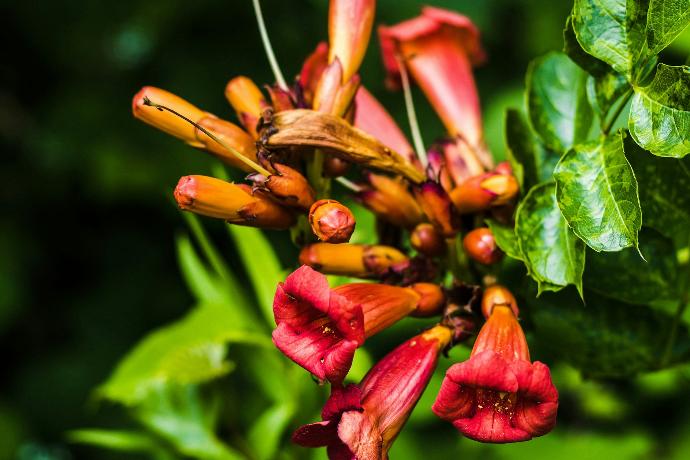
What are the Benefits of trumpet vine Plant ?
1. *Attracts Pollinators:* The trumpet-shaped flowers of the vine are rich in nectar, attracting a variety of pollinators such as hummingbirds, bees, and butterflies. This helps support local pollinator populations and promotes biodiversity in the garden.
2. *Erosion Control:* With its vigorous growth habit and extensive root system, trumpet vine plants can help stabilize soil on slopes and prevent erosion. Planting them in areas prone to erosion can help protect the soil and prevent runoff.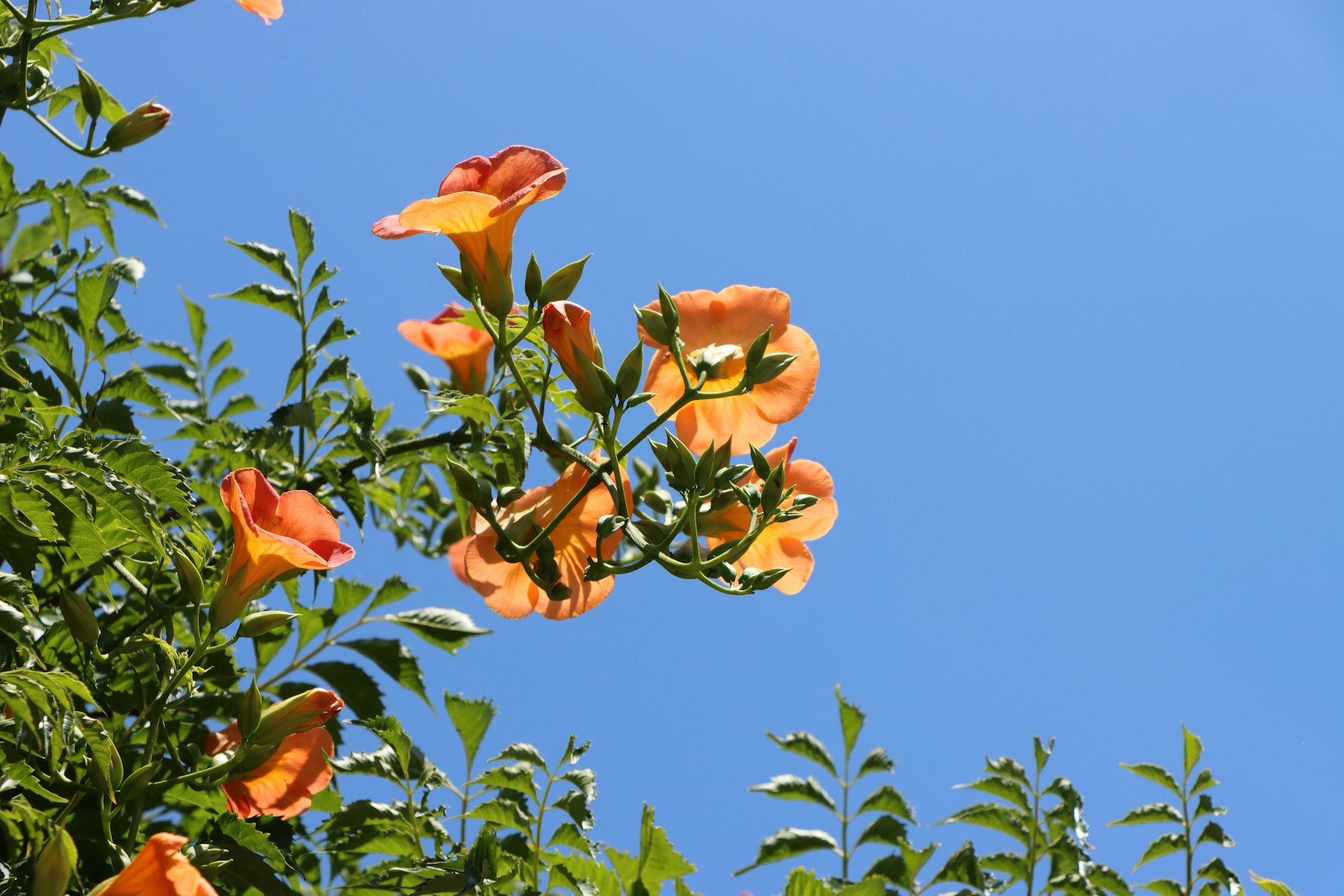
FAQs About Growing Trumpet vine
1. how to maintain trumpet vine plant ?
Regular pruning is essential to control the aggressive growth of trumpet vine plants and maintain their shape. Prune in late winter or early spring before new growth emerges to remove dead or damaged branches and shape the plant as desired. Additionally, remove any suckers or new shoots that emerge from the base of the plant throughout the growing season to prevent it from spreading too aggressively.
2. what are the uses of trumpet vine plant ?
Trumpet vine plants attract a variety of pollinators, including hummingbirds, bees, and butterflies, with their nectar-rich flowers. By planting trumpet vines in the garden, you can create a habitat that supports local pollinator populations and promotes biodiversity.
3. can i grow trumpet vine plant indoor ?
Trumpet vine plants require full sun to thrive, meaning they need at least 6 to 8 hours of direct sunlight each day. Ensure your indoor space receives plenty of sunlight, either through south-facing windows or supplemental grow lights, to meet the plant's light requirements.
4. which pot is best for growing trumpet vine plant ?
Choose a pot that is large enough to accommodate the plant's root system and allow for ample root growth. A pot with a diameter of at least 18 to 24 inches (45 to 60 centimeters) and a depth of 12 to 18 inches (30 to 45 centimeters) is recommended to provide enough room for the plant to grow.
5. where can i shop trumpet vine plant?
Visit your local garden centers or nurseries, where you can find a variety of plants, including trumpet vines. These establishments often carry a selection of vine plants suitable for your region, and you can get personalized advice from knowledgeable staff members.

